Building my first boat was a means to an end. I had done a lot of backpacking and bicycle touring but I’d grown tired of lugging a heavy pack on the trails and dodging cars and trucks on the roads. I imagined that with a boat I could travel with lots of gear and have a plenty of elbowroom, so I studied charts and set my sights on cruising north to explore the long inlets of British Columbia. I didn’t have the money to buy a boat so I had to build one. I read Gardner’s Dory Book and Building Classic Small Craft and ordered plans for a Chamberlain dory skiff. My parents let me set up a temporary workshop in the back yard, and after I had an enclosed space and a workbench hastily knocked together with construction lumber, I was ready to get started on the skiff.
I had a lot to learn about building a boat. I was 25 and I’d been using tools for quite a while and thought I was a fair woodworker. Before I turned 10, I had built a couple of forts in the back yard, in my early teens I made two bunk beds for myself and a bunch of skim boards, and at 17 I built a plywood diving helmet and a pump to supply it with surface air. But the skiff, with its curves and wide array of unfamiliar materials posed problems I hadn’t anticipated. When I started shaping the stem, for instance, I was convinced that white oak couldn’t be planed. I worked on it with files as if it were metal until I learned how to put proper edges on my growing collection of woodworking tools. I also mangled a lot of bronze boat nails hammering them into undersized pilot holes thinking the small holes would provide a better hold. With all the trouble I had, I often wondered what I had gotten myself into, but when the planks went on the curves emerged, and the frustrations began to loosen their hold on me.
Eventually I finished the skiff and rowed and sailed it north up the Inside Passage, calling it quits after 700 miles when the weather window started to close. I’d spent a good part of a year building the boat and only a month putting it to its intended purpose, but I wasn’t left feeling that I’d made a bad bargain. I could have continued using the skiff to cruise the waters of Washington and British Columbia, but I was drawn back to boatbuilding. I erected another temporary shed in my parents’ back yard and built a gunning dory for my father. Then I started building boats for my friends. I was looking at plans instead of charts; the means had become an end.
I got a commission to build six flat-bottomed rowing skiffs for a summer camp, three one year, another three the next. The repetition meant that the work got easier—I knew exactly what I needed to do—but I couldn’t put my heart or my head into it. An important element was missing. What engaged me more was building some thing new and unknown, a boat more complex than those that preceded it. I built a lapstrake Whitehall and upping the ante kept me on the left side of the learning curve where I could be more engaged in the work. But sometimes that led to unhappy consequences.
Learning “on the job” was giving me valuable experience, but it was often getting me into trouble, and having things go wrong was costly. Hammering the last nail in the hood end of a plank halfway up the port side of the Whitehall, I split the plank. The Port Orford cedar I was using was not only expensive, it was rare. I couldn’t afford to lose any of it. I also had a lot of labor invested in the plank; by the time I got to nailing it into the stem rabbet, I had already scarfed its two pieces together, shaped it, beveled its edges and fastened almost its entire length. Tapping that last bronze boat nail in was supposed to finish the job, but the plank buckled and a split started slowly working its way aft. There was nothing I could do to stop it; I had to let go and let the split run its course. I threw myself down on the dirt shop floor and pounded my fists against the packed earth.
What happened was exactly the result I would have predicted if I had put an ice pick in the pilot hole and pried it open. The hood end needed to be steamed to take the twist without relying on the nails. The mistake I had made was in not thinking things through before I embarked upon a task. When I made a mess of things like that I would end my day annoyed with myself and discouraged with boatbuilding. My last moments of wakefulness in bed would be colored by the failures I’d experienced during my day in the workshop. At some point I shifted my thinking as I drifted off to sleep and focused on the work ahead rather than behind. Anticipating and solving boatbuilding problems became my nighttime routine and usually steered me clear of trouble in the shop in the day that followed. It was also a very reliable way to fall pleasantly asleep no matter what distressing things might have happened during the day.
My replica of the Gokstad faering was my most challenging project. I had only a small set of lines to work with—no offsets, no construction details, no instructions. Almost every step required a lot of pondering in advance of execution. The stems are carved to include the upswept ends of the planks. The Viking builders, I imagine, just started with a crooked trunk and took an ax to it. I needed to take a more methodical approach and it took me over a week to come up with one. I wasn’t in the shop when I found the solution—I was in bed. On the lofting, the shape of the stem was created from the baseline up and the centerline out. That wasn’t giving me the information I needed. I eventually used a common problem-solving tool: approach the problem from the opposite direction. My point of reference wasn’t going to be the centerline but the outside face of the block of wood I’d carve to make the stem. I laminated the block, drew the lofted profile on the outside faces and then drilled holes along the plank-edge lines, setting the depth of each holes from a line indicating the face that I’d drawn on the lofting. I chopped away wood until I reached the bottom of the holes and I had my stems rough out.
The Gokstad faering has only three strakes and the planks are long, wide, and heavy, and I couldn’t manage them quickly enough to steam them and then get them clamped on the building jig fast enough to bend and twist them effectively. That became another problem to ponder while I was falling asleep. The solution was another simple reversal: instead of bringing a steamed plank to the boat from the steam box, I’d bring the steam box to the boat. I made a lightweight steam box out of insulating foam that I could slip over the end of a plank that was clamped in place to the middle of the building jig. I’ve used foam steam boxes ever since—I even wrote an article for WoodenBoat about it—and I have a problem to ponder to thank for that.
I built and outfitted my Caledonia yawl in the difficult time of a divorce and working out a new interior arrangement for the boat was my refuge at the day’s end when I needed to guide my thoughts in a way that gave me peace of mind. I continued the habit with my most recent boat and heaped up a long list of problems to solve: a pop-top cabin and doors that worked with the top up or down, a sink with running water, a heat exchanger for hot running water, an indoor rowing station, etc. While I could argue that many of the ideas I had for the boat were to make it more comfortable for cruising, I had come to enjoy drifting off to sleep with three-dimensional puzzles turning over in my head. I no longer think about boatbuilding problems as impediments to getting a boat finished. They are opportunities for solutions that I’ve learned to savor.
There are a lot of troubling things going on in the world today, the kinds of things that can keep me up a night. I have more boats than I have room for, but I need my sleep. I’ll have to make room for one more.![]()
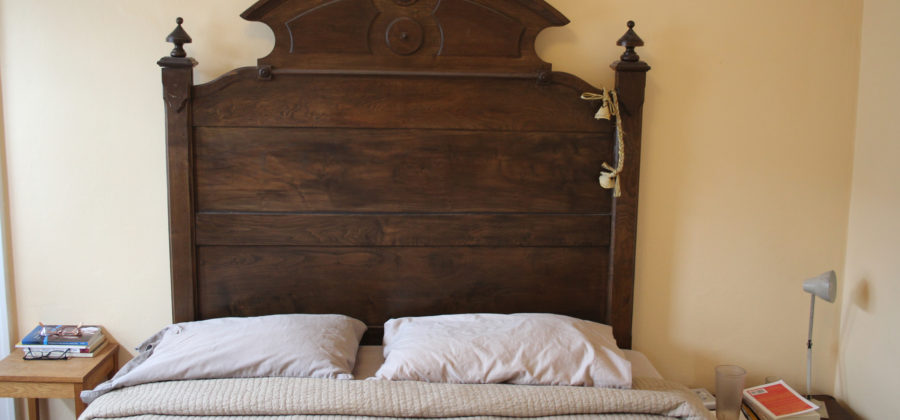
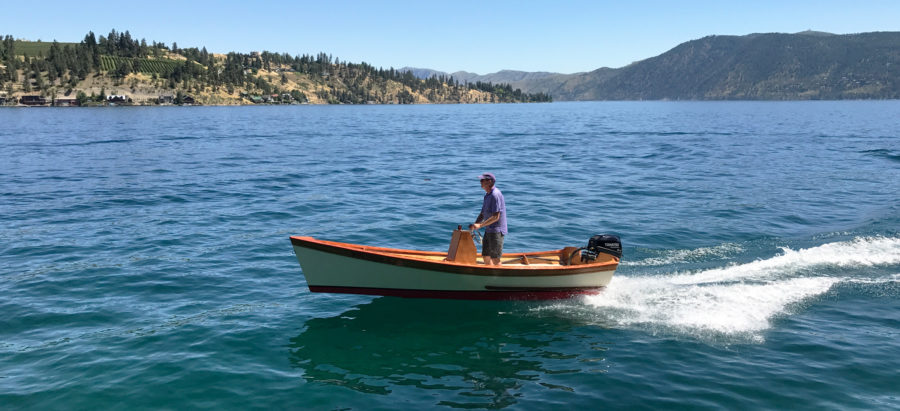
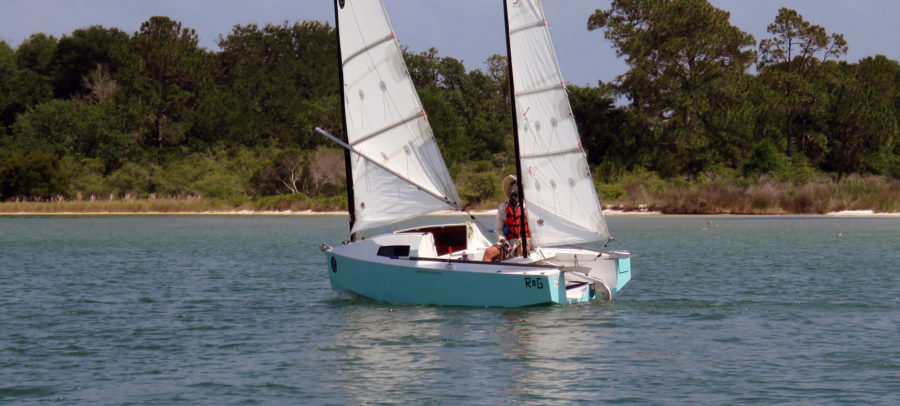
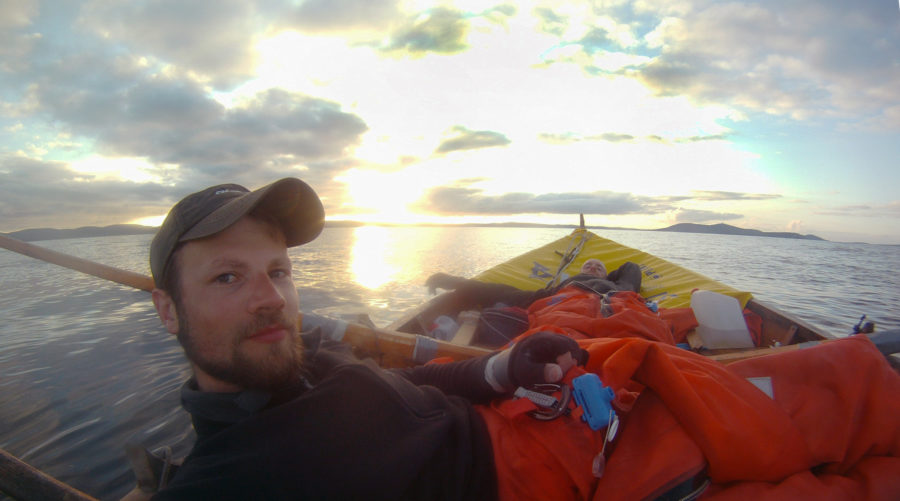
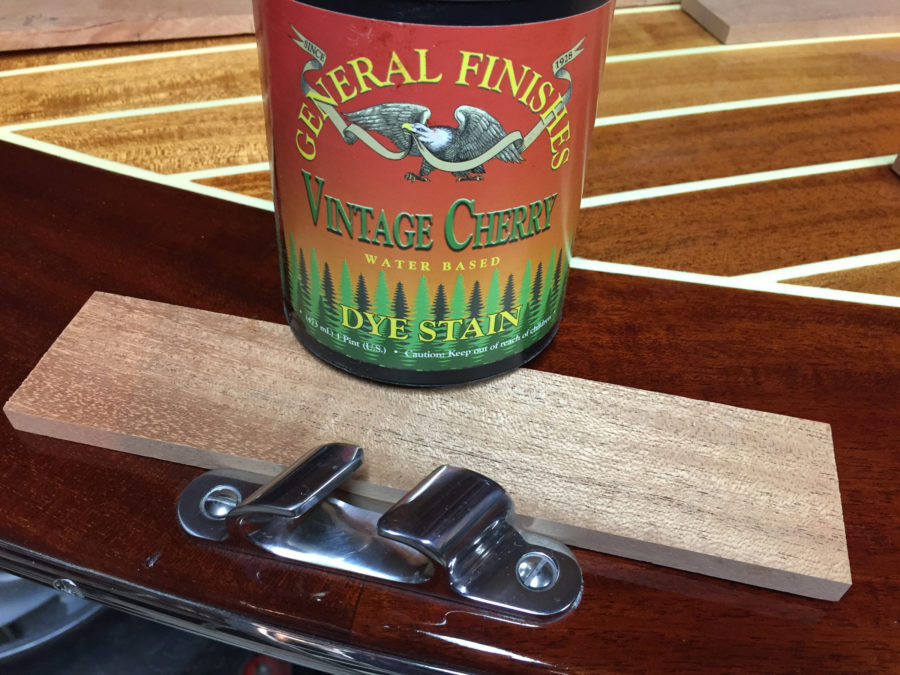
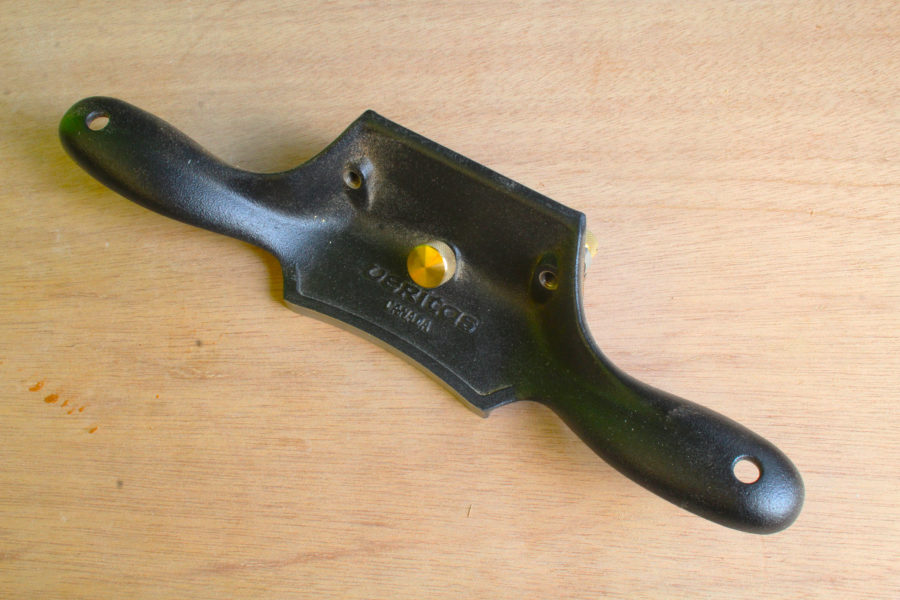
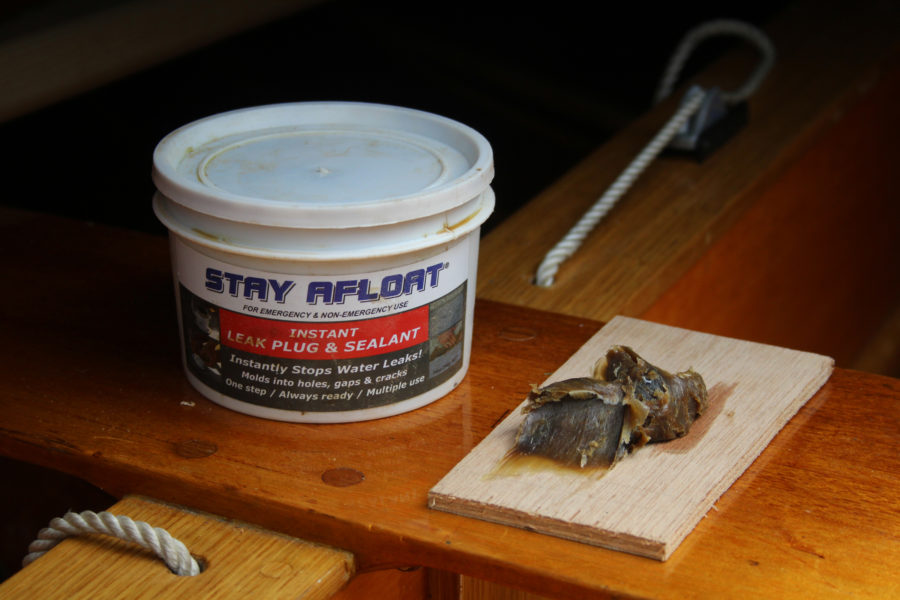
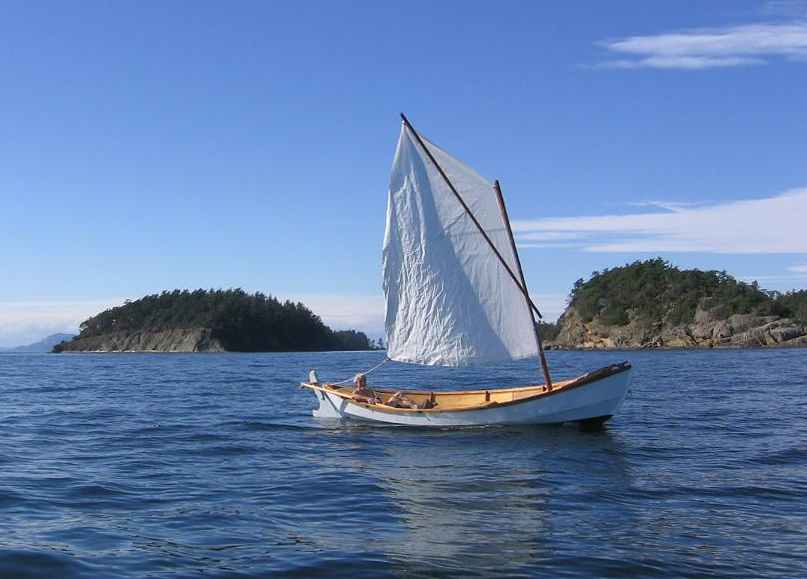
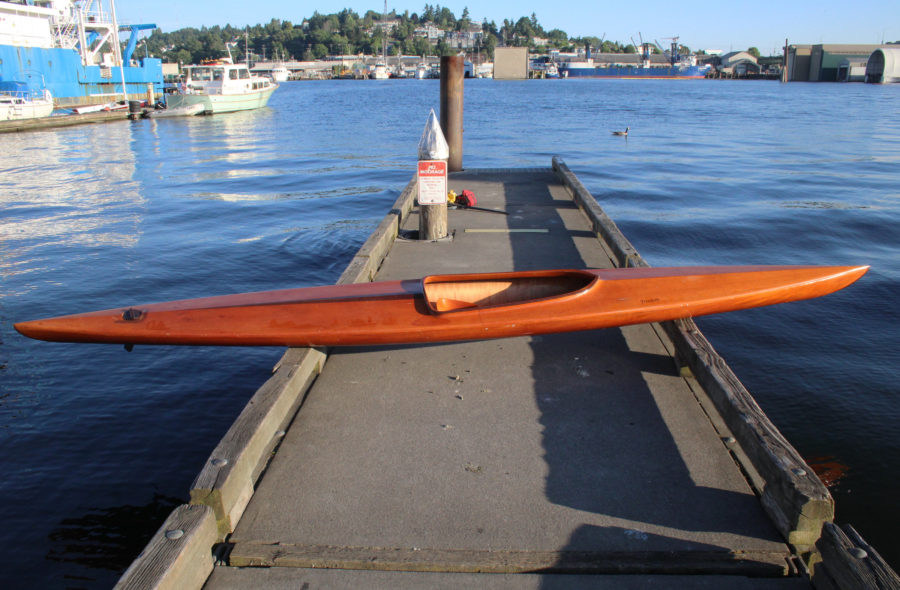
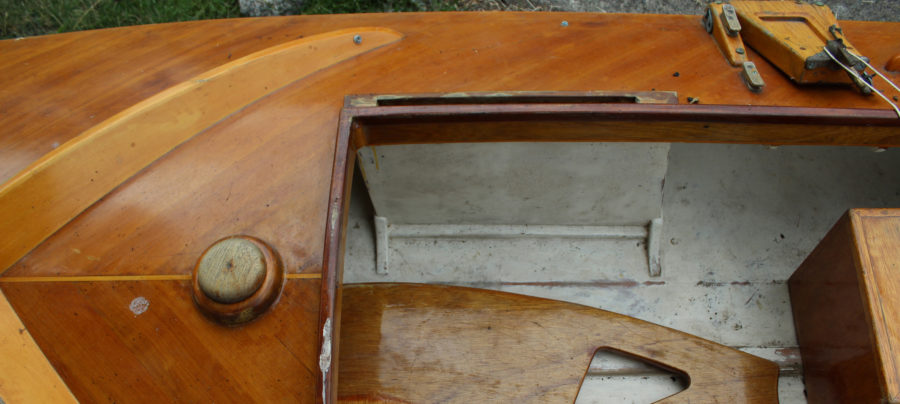
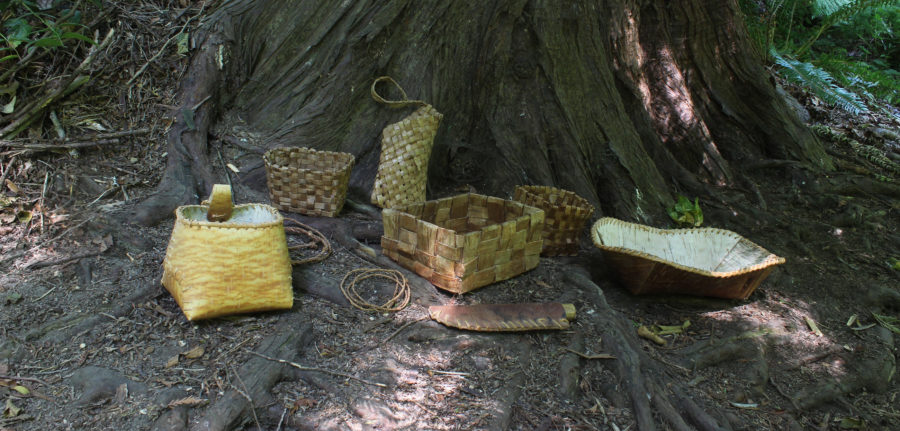
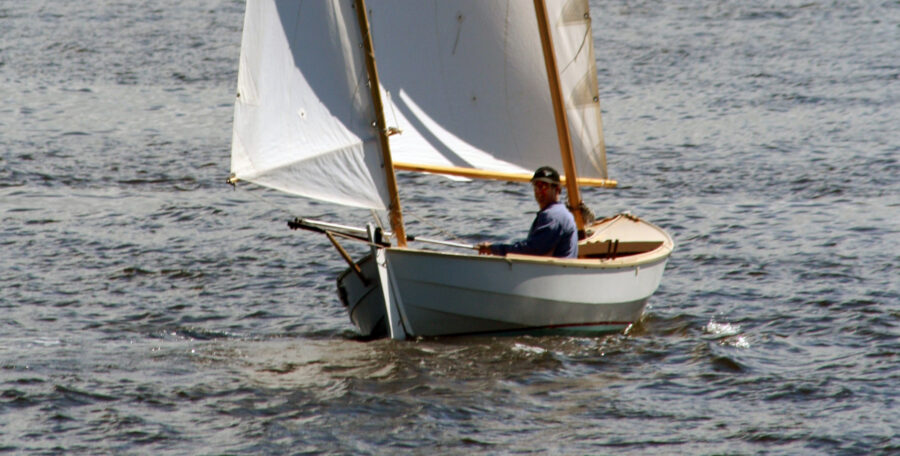
Just read your piece “Drifting Off”…very nice. The type of problem solving you describe is a habit I’ve also discovered. It’s an effective way of getting my mind working on solutions without being consciously aware of the work being done…and like you, many of my pre-sleep musings involve boat building or rigging. In addition to a pleasant alternative to counting sheep, it also piques my curiosity about mind/body connections. My work as an ER doc is mostly concrete stuff, but since my cancer episode I’ve been much more interested in the ways our mental, emotional and physical states integrate into a greater coherence (or not). I think the kind of practice you describe in “Drifting Off” not only make us better problem solvers, but also happier and healthier people.
Being an accountant, boatbuilding is a very different challenge. Solving a boat problem is easy if you fill you head with the options available and the solution appears so clearly after a bit of sleep, and conversely a problem at my desk is easily resolved by applying my mind to my boat building, and bashing a few planks aggressively if a tax problem frustrates me. The power of the mind during sleep is unmatched and under-used.
I thought I was the only one who did what you describe.
Personally, my best solutions to building problems or visualizations of how to create something new, tend to come in the shower the next morning.
Sometimes during my daily commute, but mostly in that wake-up time under the water.
The issue is now we can’t sleep, excited about correcting the next mistake 🙂
Kent
How ’bout a ‘reprint’ of the foam-board steam box article??